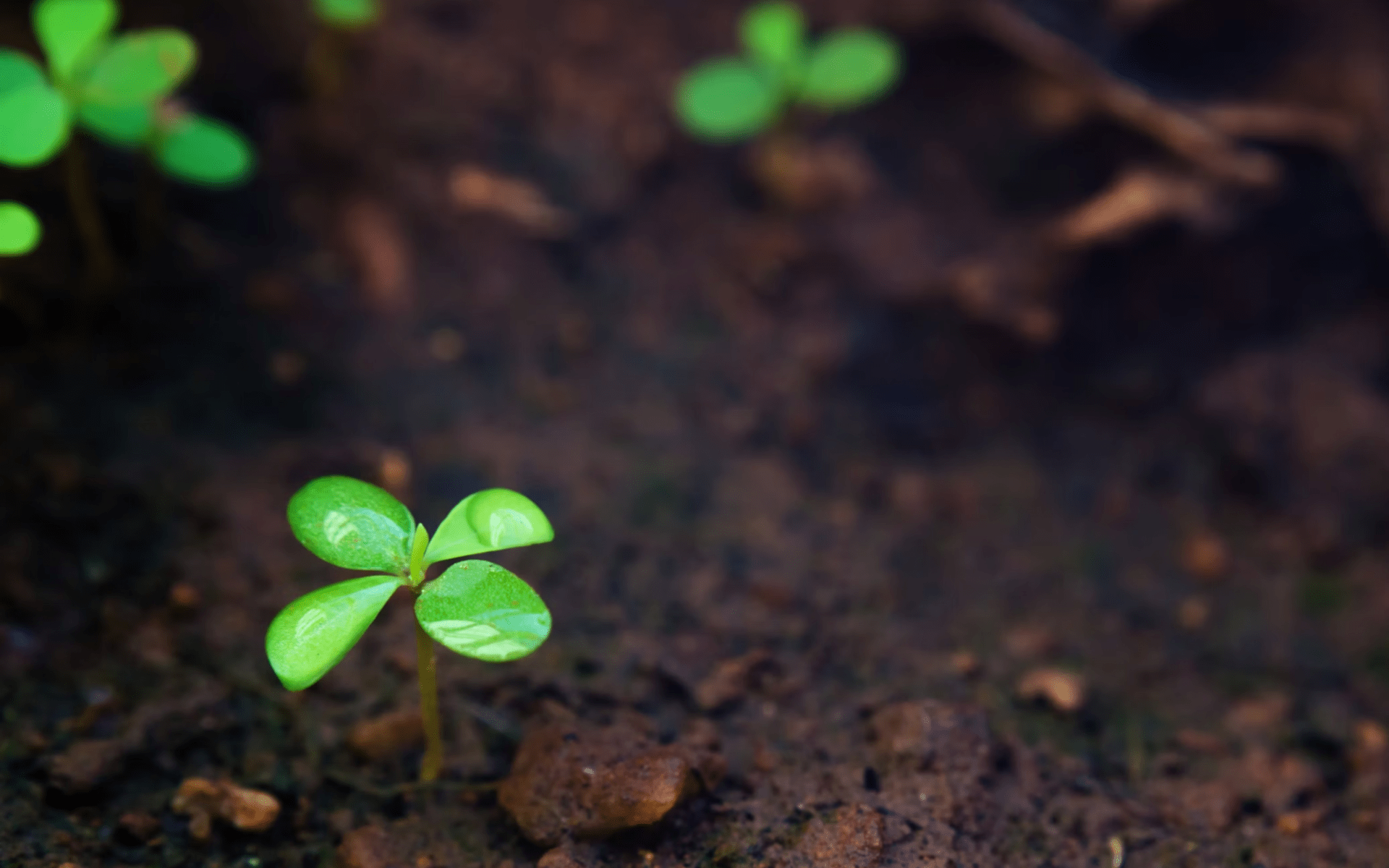Understanding Soil Types and Their Impact on Your Garden
Soil composition plays a critical role in the health of your garden, influencing everything from plant growth to water retention. Garden soil types vary significantly, and understanding the differences can help you make informed decisions for your landscape. This guide explores the various soil types and their impact on your garden, offering insights to help you cultivate a thriving outdoor space in Marin County.
The Importance of Soil Types in Gardening
The type of soil in your garden determines the success of your plants. Different plants thrive in different soil conditions, and knowing your soil type allows you to choose the right plants or amend the soil to better suit your horticultural needs. The primary soil types are clay, sand, loam, and silt, each with unique characteristics.
Types of Garden Soil
1. Clay Soil
Clay soil is characterized by its fine particles, which can compact tightly together. This soil type retains moisture well but can become waterlogged, leading to poor drainage and root problems for plants. In Marin County, gardens with clay soil might experience challenges such as slow water infiltration and difficulty in root penetration. However, with proper management, clay soil can be amended to support healthy plant growth.
Benefits of Clay Soil
High Nutrient Content: Clay soils are rich in minerals and nutrients, providing a fertile ground for plants.
Good Water Retention: This soil type holds water well, reducing the need for frequent watering.
Challenges of Clay Soil
Poor Drainage: Excessive moisture retention can lead to root rot and other plant diseases.
Compaction: Clay soil can become compacted, making it difficult for roots to grow and for air to penetrate the soil.
2. Sandy Soil
Sandy soil is composed of larger particles, allowing for excellent drainage but poor water and nutrient retention. In Marin County, sandy soil might be found in areas closer to the coast. Gardens with sandy soil need frequent watering and fertilization to maintain plant health.
Benefits of Sandy Soil
Excellent Drainage: Sandy soils prevent waterlogging and are less prone to fungal diseases.
Easy to Work With: This soil type is light and easy to till, making it ideal for planting and landscaping.
Challenges of Sandy Soil
Low Nutrient Retention: Nutrients can easily leach out of sandy soil, requiring regular fertilization.
Frequent Watering: Plants in sandy soil need more frequent watering due to rapid drainage.
3. Loamy Soil
Loamy soil is often considered the ideal garden soil due to its balanced mixture of sand, silt, and clay. This soil type offers good drainage, nutrient retention, and ease of cultivation. In Marin County, loamy soil provides an excellent foundation for diverse plantings, from flowers to vegetables.
Benefits of Loamy Soil
Balanced Texture: Loamy soil balances drainage and moisture retention, supporting a wide variety of plants.
Rich in Nutrients: This soil type retains nutrients well, promoting healthy plant growth.
Challenges of Loamy Soil
Requires Maintenance: While loamy soil is ideal, it still requires the regular addition of organic matter to maintain its structure and fertility.
4. Silt Soil
Silt soil consists of particles smaller than sand but larger than clay, giving it a smooth, powdery texture when dry and a slippery feel when wet. This soil type is highly fertile and effectively retains moisture, making it suitable for a wide range of plants. However, silt soils can become compacted, which can lead to poor drainage and root growth issues. Proper management, such as incorporating organic matter, can help mitigate these challenges and maintain soil health.
Benefits of Silt Soil
High Fertility: Silt soils are rich in nutrients, supporting vigorous plant growth.
Good Water Retention: This soil type holds moisture effectively, reducing the need for frequent watering.
Challenges of Silt Soil
Compaction: Like clay, silt soil can compact easily, leading to poor drainage and aeration.
Erosion: Silt soils are prone to erosion, especially on slopes and in areas with high rainfall.
Improving Your Garden Soil
Soil Testing
Before making any amendments, it’s essential to test your soil to determine its type and nutrient content. Soil testing kits are available, or you can send samples to a local agricultural extension office. Understanding your soil's pH and nutrient levels will guide you in making necessary adjustments.
Adding Organic Matter
Incorporating organic matter, such as compost, manure, or leaf mold, can improve any soil type. Organic matter enhances soil structure, increases nutrient content, and improves water retention and drainage. For clay soils, organic matter helps break up compacted particles, while in sandy soils, it improves moisture and nutrient retention.
Mulching
Mulching with organic materials, such as wood chips, straw, or leaves, can benefit your garden soil. Mulch helps retain moisture, regulate soil temperature, and reduce erosion. It also adds organic matter to the soil as it decomposes, further improving soil health.
Proper Irrigation
Knowing your soil type can also help you tailor your irrigation practices. Clay soils require less frequent watering, while sandy soils need more regular irrigation. Drip irrigation systems are effective in delivering water directly to the plant roots, reducing water waste, and promoting healthy growth.
Garden Soil Types and Their Impact
Understanding the various garden soil types and their impact on your plants is essential for cultivating a lush, healthy garden. By identifying your soil type and making the necessary amendments, you can create an optimal growing environment tailored to the needs of your plants. For expert advice and professional landscaping services in Marin County, CA, consider consulting with Heritage Landscapes.
Enhance Your Garden with Heritage Landscapes
Transform your outdoor space into a verdant paradise with the help of Heritage Landscapes. Their team of experts understands the intricacies of garden soil types and can provide personalized solutions to ensure your garden thrives. Contact Heritage Landscapes today to begin your journey toward a beautiful, flourishing garden.
Recommended reading: How to Choose the Right Trees For Your Property

